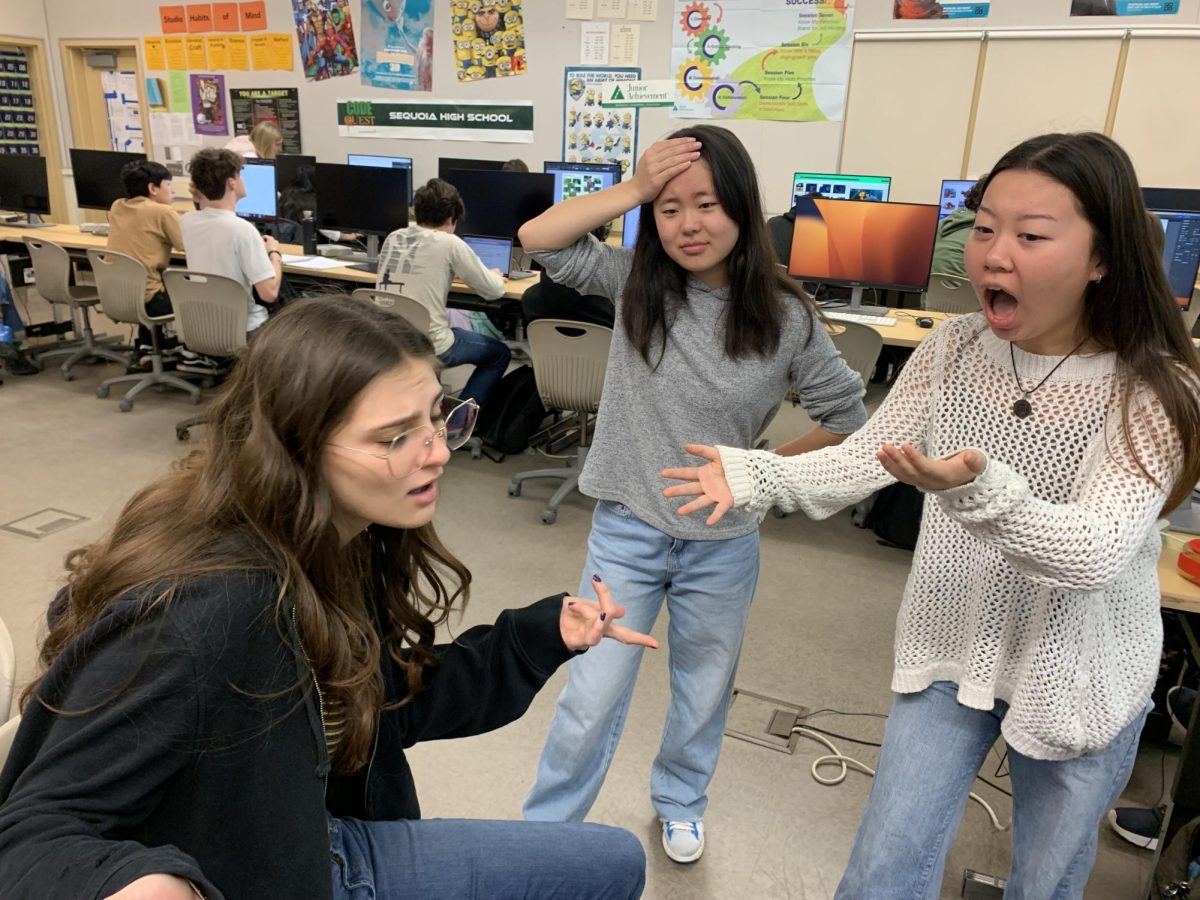‘Doorings’ pose serious threat to students commutes
March 15, 2019
A car door opens. A cyclist can’t stop in time. The cyclist goes sprawling.
Some variation of this story may seem all too familiar to many cyclists, but these “dooring” accidents along with various other forms of common bike crashes could be avoided by simple changes to bike lane design.
“A car slowed for what I thought was a turn. This girl opened the passenger door,” freshman Joshua Farris said. “I swerved to avoid falling but it hit my handlebar and knocked my mirror off.”
Four months ago, I was doored while biking on Arguello, a road which supposedly has sufficient margins. Ever since, I am scared every time I bike near parallel parked cars. This experience is not unique. According to independent studies conducted by the cities of San Francisco, Cambridge MA, Vancouver and the organization Cycle Toronto, 15-20 percent of bike related crashes in their respective cities were doorings.

On March 8, a fatal dooring occurred in San Francisco on a road withpoorly designed bike infrastructure. This is fairly rare, but by no means an isolated occurrence.
When a door opens in front of a cyclist with no time to stop, they often face three terrible choices; slam on the breaks and most likely ride head on into the door, swerve into the lane of moving traffic or attempt to toe the line between the two. The last, however may lead to a clipped handlebar and falling sideways into traffic. Additionally, the city of San Francisco reported 203 doorings in 2014, but those only represent doorings which resulted in a police report. It is is often difficult even to find data on those doorings that receive police reports, as they are usually categorized as a “bicycle crashes,” which can represent almost any kind of collision. This lack of data is a serious problem.
“The best data is from police reports and a dooring might not get a police report if the person biking is unharmed,” said Emma Shlaes, Director of Policy and Advocacy at the Silicon Valley Bike Coalition.
These accidents could be all but averted by adding margins between parked cars and bike lanes or moving bike lanes to the center of the road. If a painted margin, even of just one foot on each side were added between bike lanes and parked cars, as well as the traffic lane, a cyclist would have room to maneuver, which would drastically reduces the likelihood of a collision. Many streets employ solutions such as this already, but Arguello and Hopkins along with almost all bike lanes in San Carlos and Redwood City could use painted margins. Although this requires slightly reducing the amount of lane space or parking space, simple changes like this might save lives, or at least bruises and broken bones.
“I think infrastructure needs to be changed,” Shlaes said “If bike lanes are in door zones, conflicts will arise.”
On some roads, however, there is not enough space to make this possible. On such roads, the bike lanes can be moved. Instead of being placed between parked cars and moving traffic, making maneuver to either side dangerous, a bike lane could be in the center of the road. Bike lanes can be moved to the center of a road without shrinking the amount of space available to cars, while physical and visual barriers can be added. This not only means cyclists only need to watch one side, but that they are more visible to motorists and are not endangered by right turning traffic. This is particularly practical on streets where few cyclist stop. Left hand bike lanes are used in cities across the country, including Sacramento, Portland OR, Minneapolis MN, Chicago, Boston and many other cities.
Regardless of bike lane changes, however, any motorist can help avoid these accidents by, always opening the door with the far hand. In the Netherlands, drivers are taught this, forcing them to turn and look to the side. People here should adopt this measure in order to avoid injuries.





